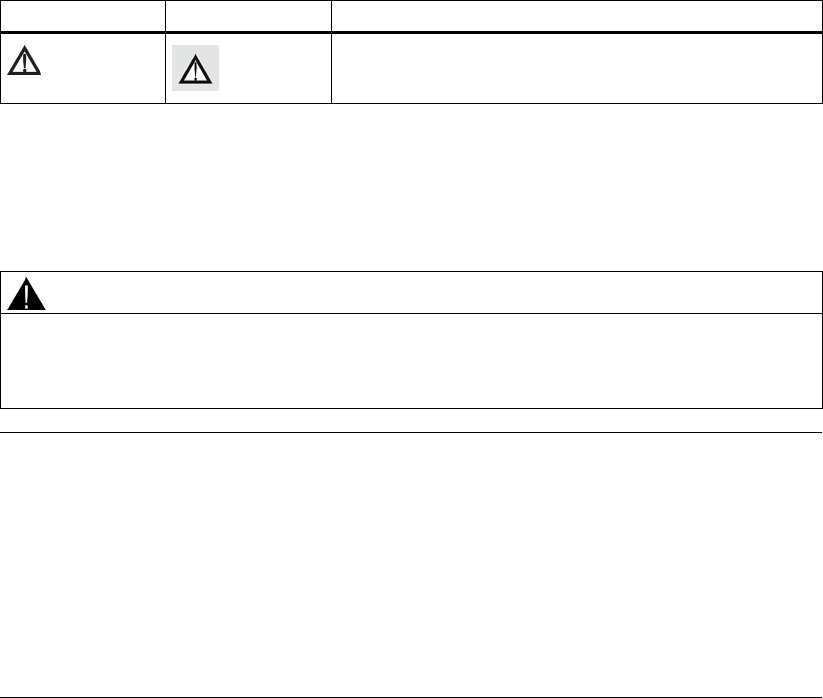User's Manual
Table Of Contents
- SITRANS LR250 (PROFIBUS PA)
- Legal information
- Table of contents
- 1 Introduction
- 2 Safety notes
- 3 Description
- 4 Installing/mounting
- 5 Connecting
- 6 Commissioning
- 7 Remote operation
- 8 Parameter reference
- 9 Service and maintenance
- 10 Diagnosing and troubleshooting
- 11 Technical data
- 12 Dimension drawings
- 12.1 Threaded horn antenna
- 12.2 Threaded horn antenna with extension
- 12.3 Flanged horn antenna
- 12.4 Flanged horn antenna with extension
- 12.5 Flanged encapsulated antenna (2"/DN50/50A sizes only)
- 12.6 Flanged encapsulated antenna (3"/DN80/80A sizes and larger)
- 12.7 Threaded PVDF antenna
- 12.8 Threaded connection markings
- 12.9 Raised-Face flange per EN 1092-1 for flanged horn antenna
- 12.10 Raised-Face flange per EN 1092-1 for flanged encapsulated antenna
- 12.11 Flat-Face flange
- 12.12 Process connection tag (pressure rated versions)
- A Appendix A: Technical reference
- B Appendix B: PROFIBUS PA profile structure
- C Appendix C: Communications via PROFIBUS
- D Appendix D: Certificates and Support
- 13 List of abbreviations
- 14 LCD menu structure
- Glossary
- Index

SITRANS LR250 (PROFIBUS PA)
Operating Instructions, 01/2014, A5E32221386-AB
11
Safety notes
2
2.1
Safety marking symbols
In manual
On product
Description
(Label on product: yellow background.) WARNING: refer to
accompanying documents (manual) for details.
2.2
FCC Conformity
US Installations only: Federal Communications Commission (FCC) rules
WARNING
Changes or modifications not expressly approved by Siemens Milltronics could void the
user’s authority to operate the equipment.
Note
•
This equipment has been tested and found to comply with the limits for a Class A digital
device, pursuant to Part 15 of the FCC Rules. These limits are designed to provide
reasonable protection against harmful interference when the equipment is operated in a
commercial environment.
•
This equipment generates, uses, and can radiate radio frequency energy and, if not
installed and used in accordance with the instruction manual, may cause harmful
interference to radio communications. Operation of this equipment in a residential area is
likely to cause harmful interference to radio communications, in which case the user will
be required to correct the interference at his own expense.










